

A glance at 20 promising Chinese artists[Special]
The Chinese stereotype of female artists is that their work is elegant and subtle, the way ladies are supposed to be.
But a joint exhibition at the Rockbund Art Museum by two female artists from very different periods presents a more nuanced picture through installation and paintings. It's titled "Poetic Force."
In 1970, when Duan Jianyu was born, the "cultural revolution" (1966-1976) was at its height and the country was in chaos. In 1977, when Hu Xiaoyuan was born, the "cultural revolution" was officially over and Deng Xiaoping began to chart a reform policy.
Their different backgrounds and upbringing shaped distinctive styles.
Hu's work is embedded with meaning that lies beneath the surface and which is not at all obvious. A first encounter with her is not necessarily easy. She asks more of the visitors.
"Summer Solstice," an installation created in 2008, is comprised of an old-fashioned child's school desk filled with empty chrysalis shells of long-gone cicadas. A child sitting that desk was forced to assume straight, correct posture, unable to lean forward or slump back.
"The cicada spends most of its short life underground developing within this tight-fitting shell, like the child in the chair," Hu explains. "Here, I indict the falsity of hope, questioning the trap of the chair and the idea that life begins when childhood ends."
In contrast with Hu's thought-provoking installations, the oil paintings by Duan are humorous and relaxed, but still convey a message.
"The Sister" series features buxom airline attendants - supposedly symbols of beauty, mystique and sexuality - traveling the world. Though not beautiful, they are full of confidence in scenes in forests, deserts, empty fields, even the antarctic.
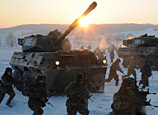
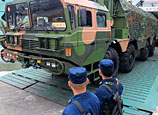
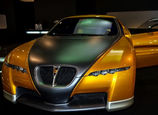
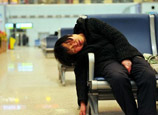
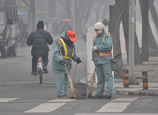
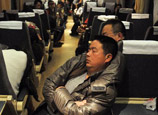

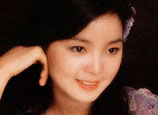
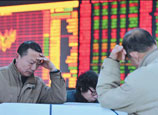







 A Taiwan student's adventure in Beijing
A Taiwan student's adventure in Beijing


![]()
